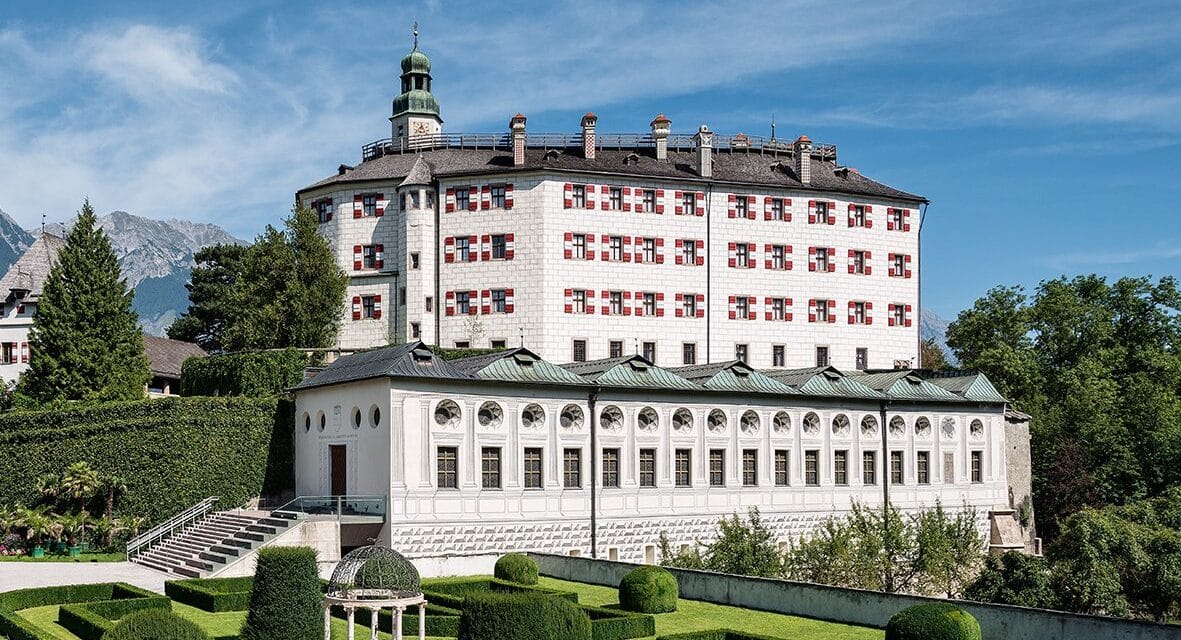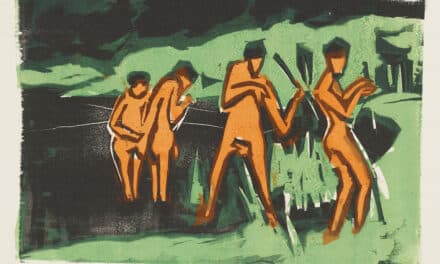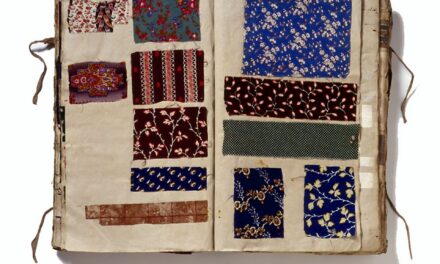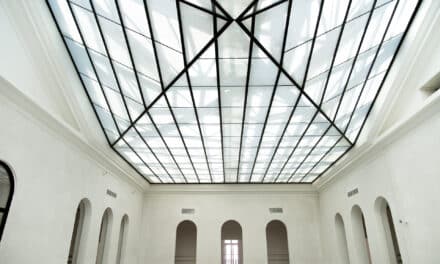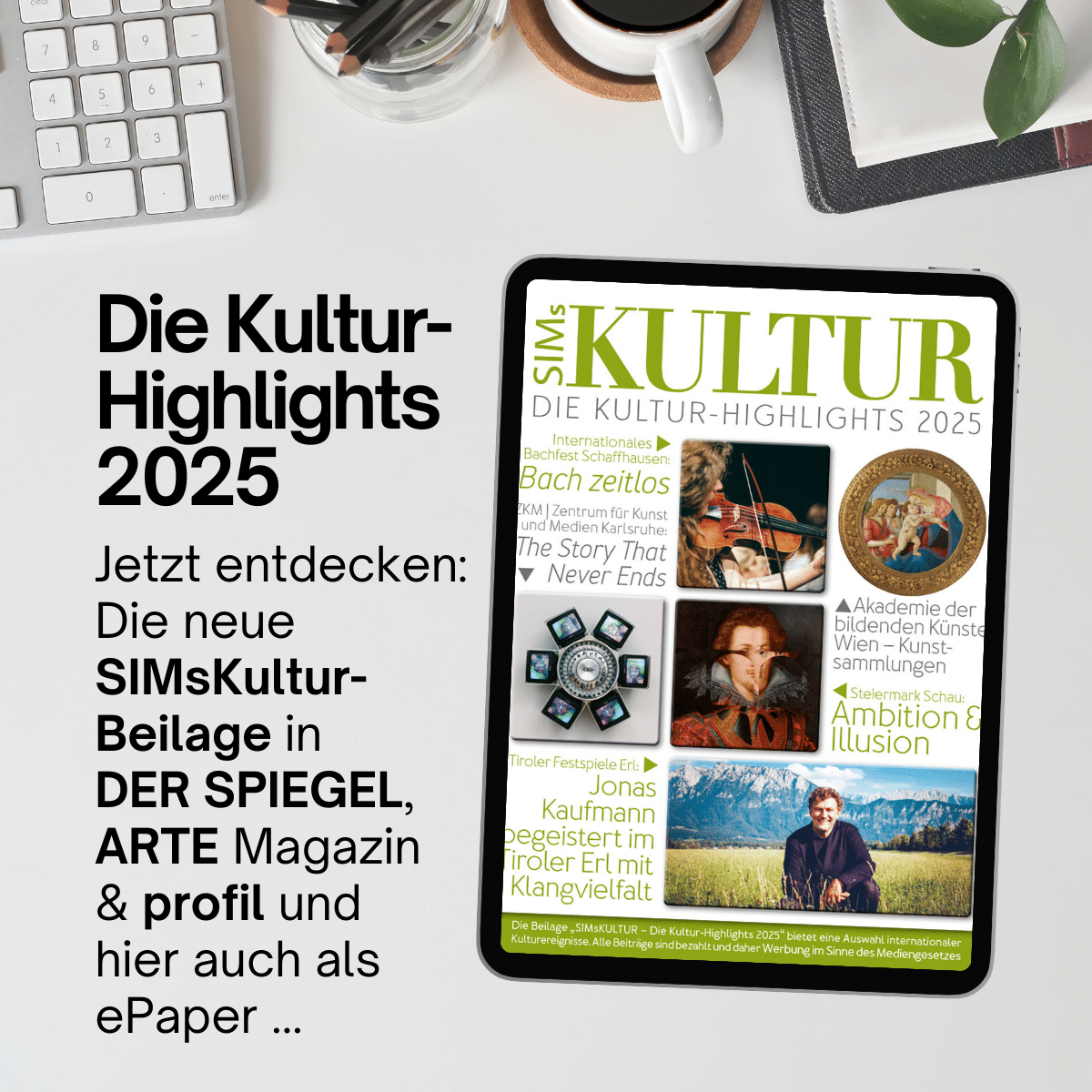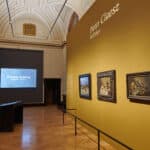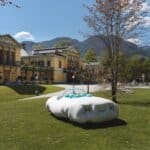The Art of Beauty uses culturally and art-historically significant exhibits to tell fascinating stories about beauty. Aspects such as "body positivity" versus "body shaming" are also addressed using social media stations. With international loans as well as works from Ambras and the other collections of the Kunsthistorisches Museum, the exhibition takes an exciting look at 5,000 years of beauty.
What is beauty and how do ideals of beauty change?
The Art of Beauty goes in search of clues and looks at beauty and body care from antiquity to the 18th century: Traditional recipes, elaborate manufacturing processes and special utensils provide insights into the world of beauty. What has changed and what has remained the same to this day?
Schloss Ambras Innsbruck also has a unique cultural monument in the form of Philippine Welser's bath and one of the few surviving private bathing facilities from the 16th century. Her love affair and secret marriage to Archduke Ferdinand II, which was not in keeping with her rank, her reputation as a helpful woman who knew how to heal and her legendary cookbook make Philippine Welser (1527-1580) one of the most outstanding women in Tyrolean history.
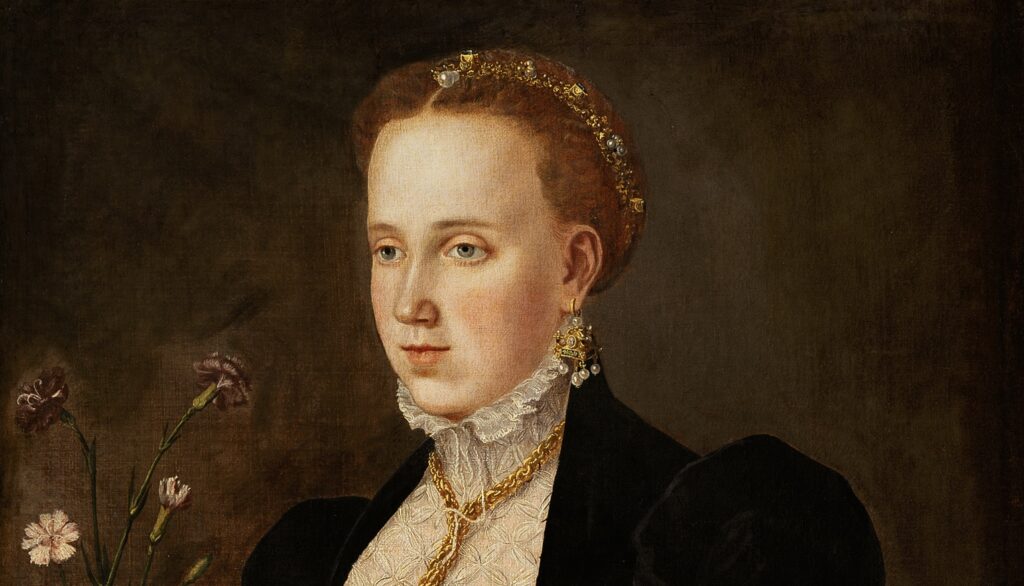
Philippine Welser © KHM-Museumsverband
To be beautiful or to appear beautiful?
Humans have always been concerned with body care and the goal of "being beautiful". However, anyone who believes that beauty has always been a purely female issue will be surprised. Both women and men have relied on different trends to conform to contemporary ideals of beauty, optimize their appearance and present themselves in the best light. Social upheavals not only influenced the perception of beauty in general, but also the use of various substances and their production.
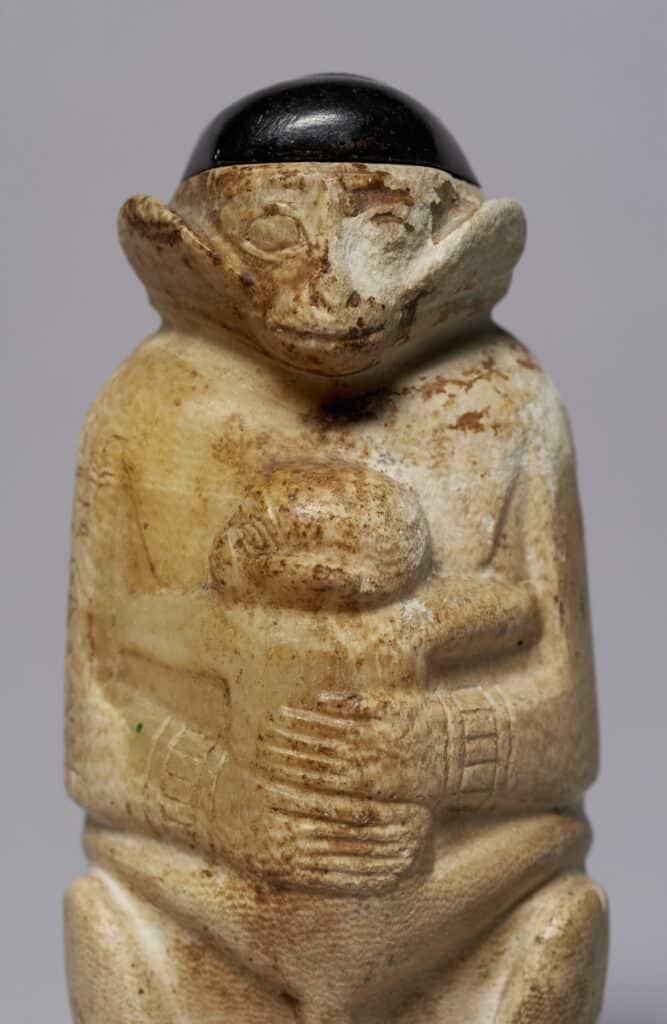
Container for eye make-up in the shape of a female monkey © KHM-Museumsverband
A recipe for beauty
The special exhibition highlights different ideals of beauty as well as various cosmetic trends over the millennia. The roots of today's cosmetics go back to ancient Egypt. Useful production processes and innovative ingredients have had a lasting influence on beauty products. Cosmetics were not only intended to make people beautiful, but also to conceal illnesses. Philippine Welser's pharmacopoeia from around 1560 is another important key object at Ambras Castle in Innsbruck.
June 18 to October 5, 2025
www.schlossambras-innsbruck.at

